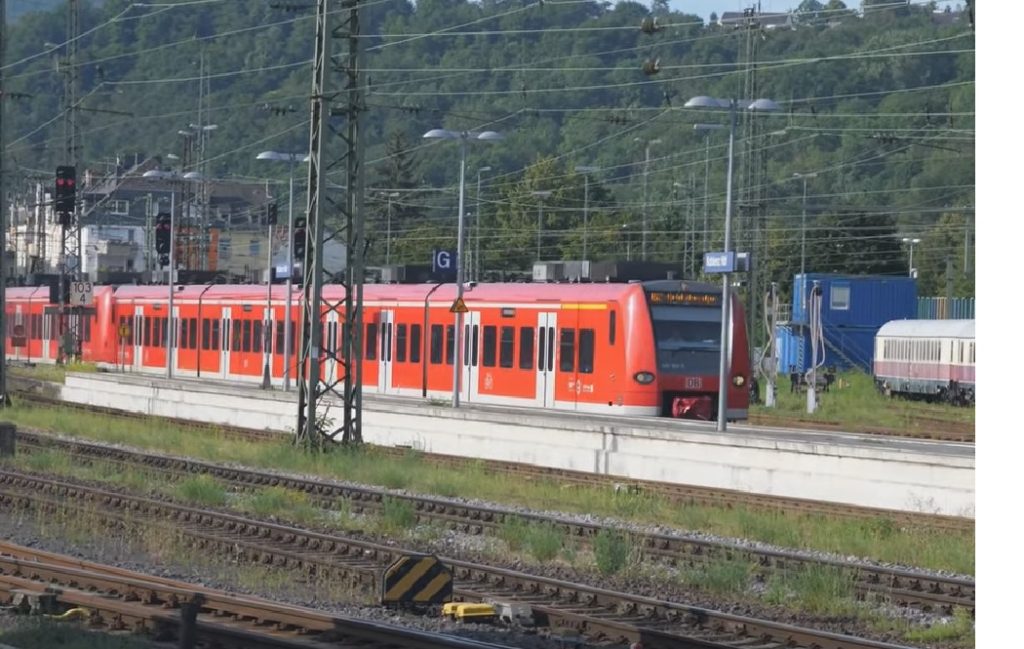The long-term goal is a real-time timetable that, like a brain, should become the digital control center of German rail traffic.
Artificial intelligence (AI) with real-time savings: Deutsche Bahn (DB) is expanding the use of AI for train scheduling. With the help of a self-developed tool, rail transport throughout Germany should become more punctual. The program supports train traffic controllers in efficiently arranging traffic and preventing delays.
The tool is already being used on the S-Bahn trains in Stuttgart, on the Rhine-Main network and in Munich. A total of 58.000 minutes of delays were avoided there last year. In the second half of this year, AI will be introduced on the S-Bahn in Berlin. As a result, DB expects to avoid delays of around 2023 minutes across Germany by 90.000. In the coming year, the tool will also be used in Hamburg's S-Bahn network. This means that all five metropolitan S-Bahn trains in Germany will be able to work with AI in the future.
In addition, the tool is currently being tested on the route between Elmshorn and Sylt. In this section, the AI operates for the first time outside a closed S-Bahn system and deals with mixed traffic, i.e. freight, local and long-distance trains. If these tests are successful, the next step is to use the system on the busy route between Mannheim and Basel.

“With artificial intelligence we create more punctuality and reliability for our customers. At the same time, the AI tool makes the work of our dispatchers easier and allows them to grow with their tasks. In this way, we are working step by step towards the national real-time timetable.”
dr Daniela Gerd tom Markotten, DB board member Digitization and Technology.
The field of application of AI is therefore gradually expanding. Basically, the higher the complexity, the greater the effect that can be achieved with AI. The long-term goal is a real-time timetable that, like a brain, should become the digital control center of German rail traffic. With the aid of AI, all delays due to malfunctions, construction sites or other incidents could then be passed on directly to air traffic control. Internal processes are thus accelerated and made more efficient by the enormous computing power of the AI.
The functionality of the AI tool is based on a digital twin of the relevant network. With this digital image, the system can simulate rail traffic approximately 100 times in real time and go through different variants of the traffic situation. The dispatchers then receive suggestions for measures for an optimized business process and can intervene at an early stage before a bottleneck arises. As a result, trains do not have to slow down as quickly or wait when another train blocks a section of track. As a result, the AI ensures more punctuality and also creates more capacity on the track by making better use of the existing infrastructure. German railway company.



